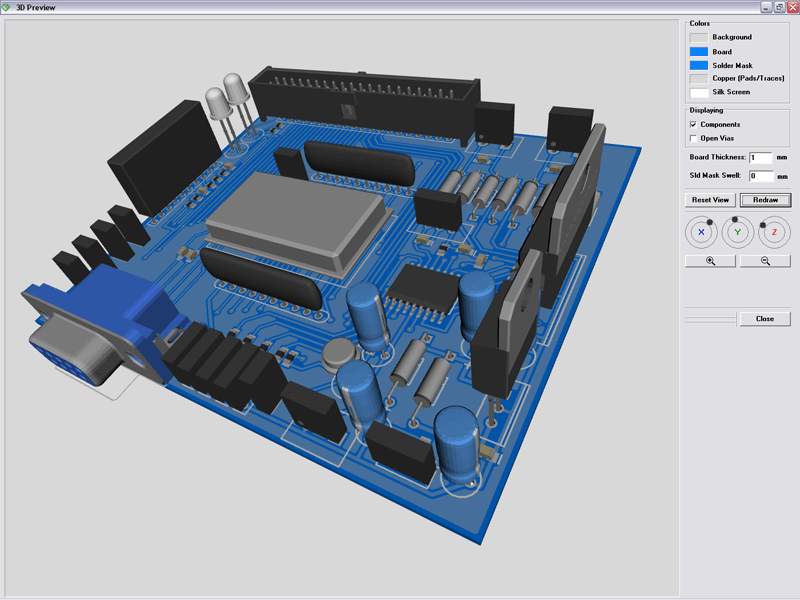
Run the diagnostic sketch and post the results. In the examples, there is a diagnostic sketch that will help us to help you if you still have trouble with the display. The nice thing about the hd44780 library is that it will autodetect the I2C address and the I2C backpack to LCD pin mapping.

There are examples to show how to use the library. The class that you want to use is the hd44780_I2Cexp class. Select and install the hd44780 library by Bill Perry. Go to Library Manager (in the IDE menus, Sketch, Include Libraries, Manage Libraries) and in the Topics dropdown choose Display and in the Filter your search box enter hd44780. The library is available in the Library Manager. It is far superior to any of the LiquidCrystal_I2C libraries (like fm's LiquidCrystal library). Even less time when you just duplicate some component with the same number of pins and then just edit them accordingly in the Pin Manager, and going from the DataSheet of the component in question will ensure that you have a component you can then use over and over again from that point.Yes, by all means, use the hd44780 library. Making just the Atmega328 component is fairly easy, and version 2.2 already has quite a few Atmel chips, though not the 328, but it only takes a few minutes after you get the hang of it all to make a new one up.

Nothing beats a pencil and some graph paper for a rough draft also, then going from that to a much better schematic in DipTrace is an even easier step. So doing the prototyping on the Arduino board, and then going in DipTrace from the Atmega328 chip up is the way to go there for making up your schematic and then a final PCB version.

Going from strictly the component level up is more where you'll find that PCB design tools are geared. I haven't used Eagle much except for viewing other files created in it, but I doubt they have prototyping boards already made up in there either. The thing with an Arduino board is that it has more than just the chip on it, it's already a PCB, so you'd have to make your own component that either encompassed all of that, or at least had the core pinouts of it. One of the other great things about DipTrace is that it's fairly easy to make whatever isn't already included.


 0 kommentar(er)
0 kommentar(er)
